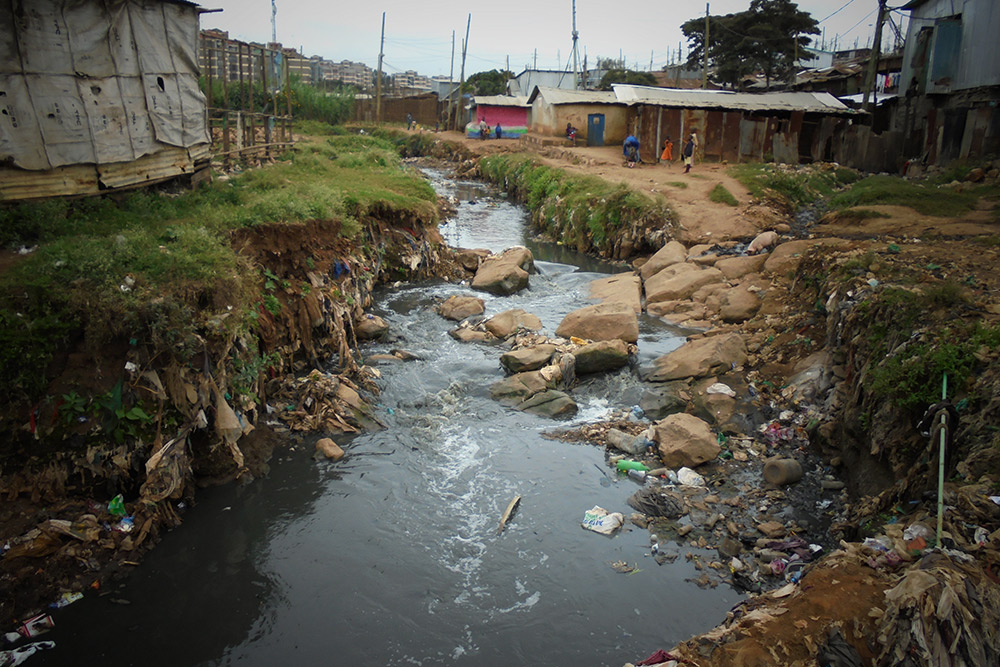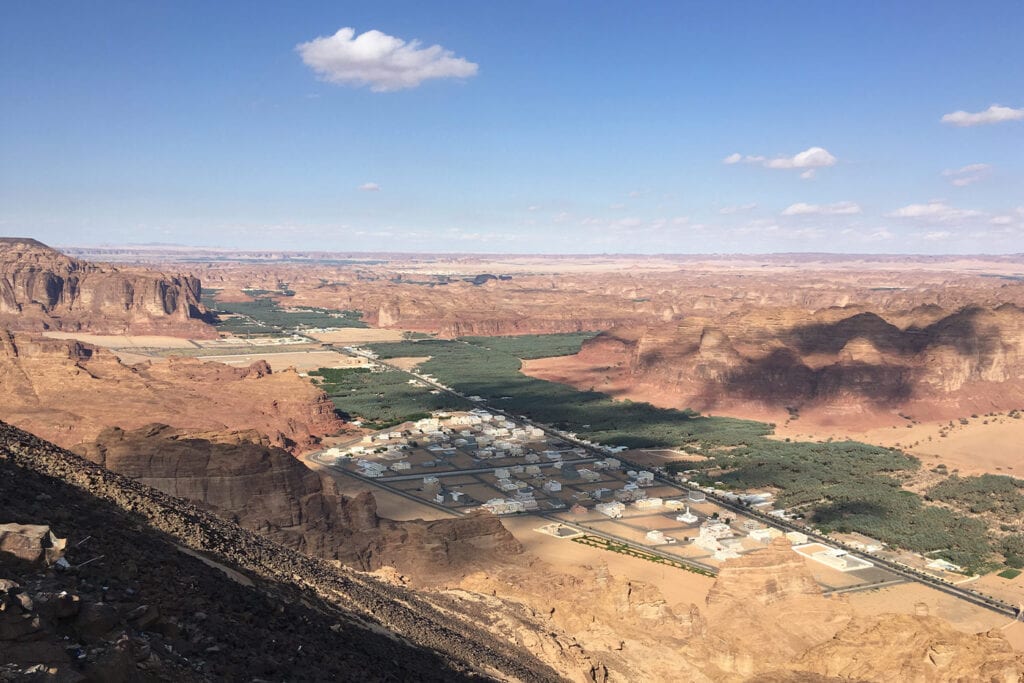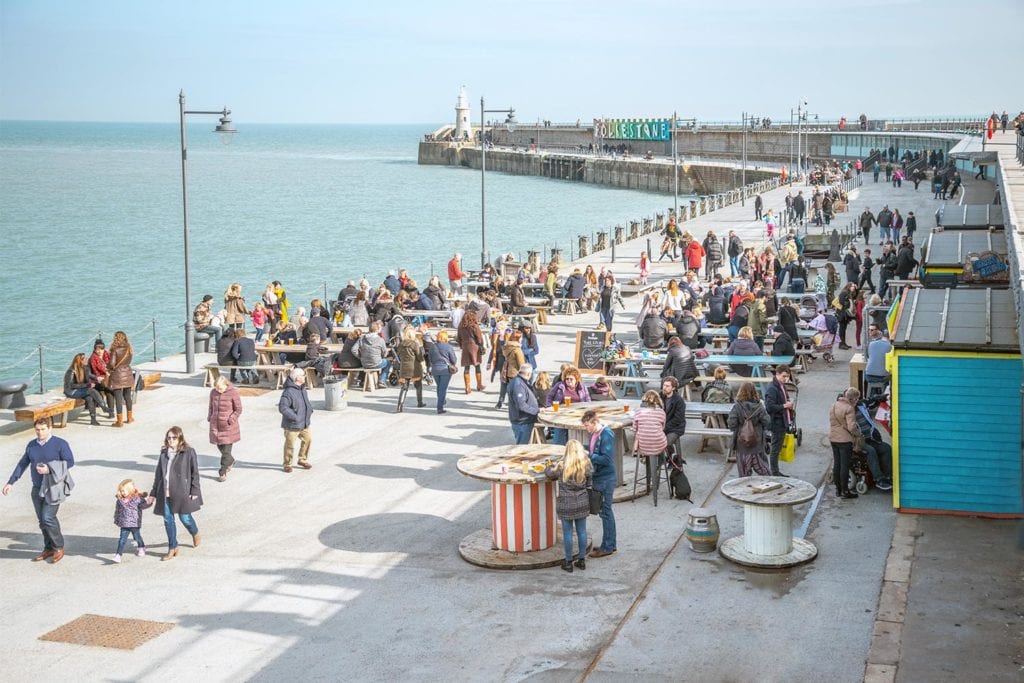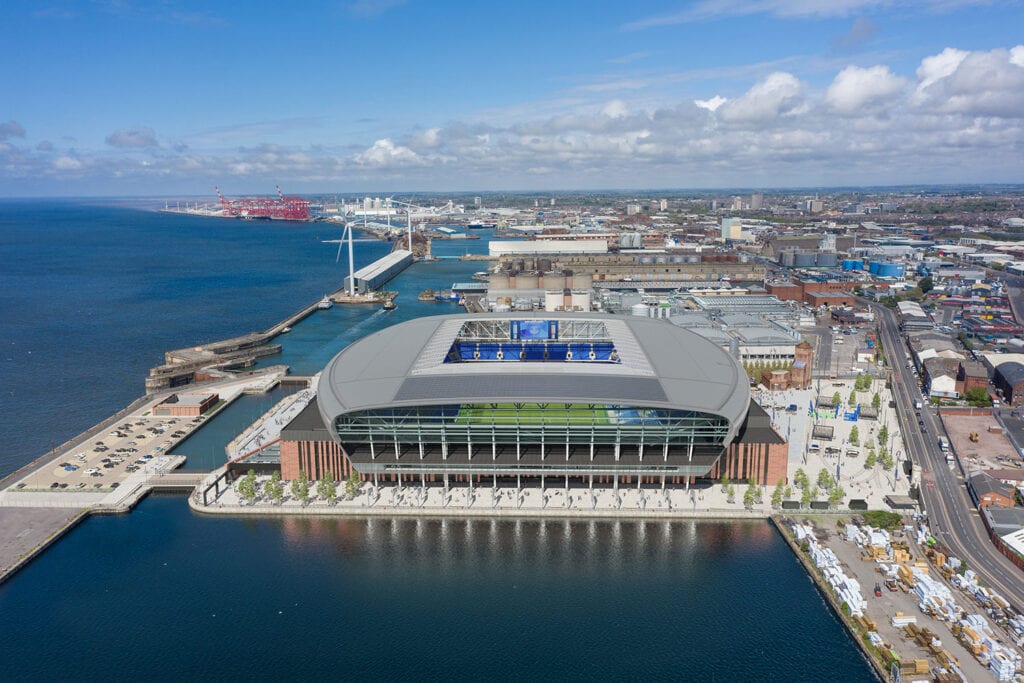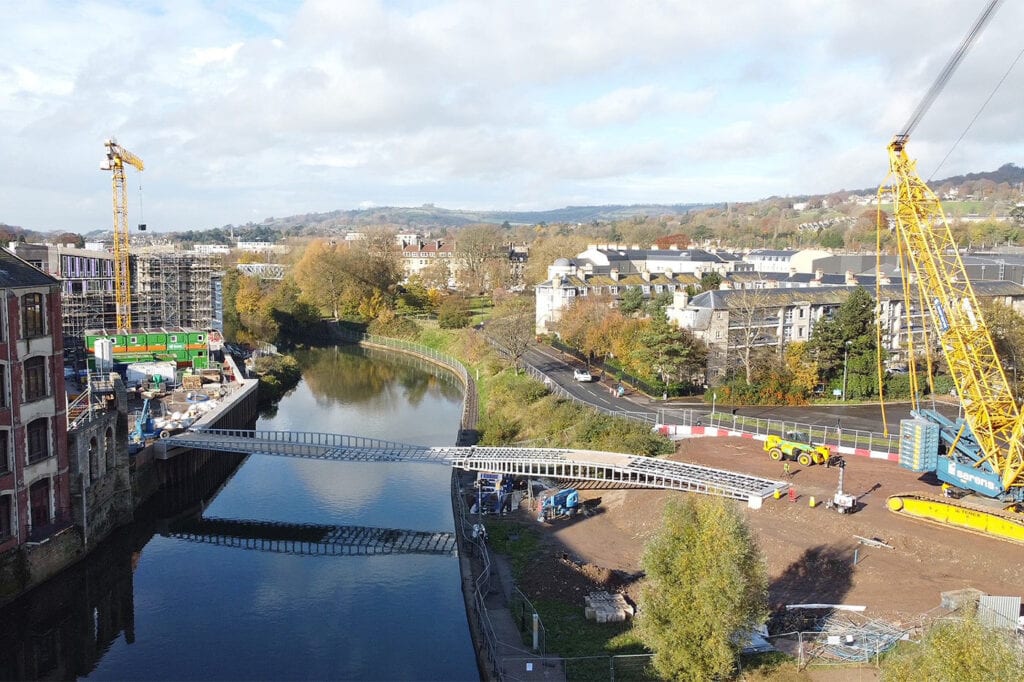The power of our oceans
As part of an ongoing blog series from our water team, water engineer Gabriella Jordan, provides insight into the power of our oceans and how they can change our coastlines.
I have always been in awe of the ocean. The joy it can bring people. The life it sustains. The communities it supports. The potential, untapped power it can provide and holds over us.
Growing up by the sea, and studying the oceans at University, I have always been aware and in awe of the ocean’s immense power, but the recent beach maintenance works that I was involved in on the South-East coastline of the UK really put this into perspective.
In an interview with Buro Happold’s coastal and maritime technical director, Paul Brenton, he perfectly summed up how dynamic our coastlines are and why that intrigues not just us water engineers, but people across the world.
“We’ve all experienced how the sea can be calm and idyllic one moment, then turn into a seething threat to life and property the next. And it’s not just the sea, but the shoreline and beaches that can also change on every tide – even to the point of an entire building or road being lost in a storm. The coast is the most dynamic environment that humans live and play in, and that’s why it pulls us in and fascinates us.” – Paul Brenton, Coastal and Maritime Technical Director

The definition of power
The ocean contains an enormous amount of energy that we have only recently started to harness in the form of wave and tidal power. When thinking about the ocean, what strikes me is our appreciation for its power, the power we can harness from it, but how many of us consider how the power of our oceans build, destroy and mould the coastlines that we live along?
When looking at the definition of power, you’ll find that it is not just defined as the physical strength and force exerted by something it is also the capacity of ability to direct or influence the behaviour of others or the course of events.
The ocean has an immense ability to alter our coastlines.

The sea’s power in practice
I had the pleasure of being involved in some beach maintenance works back in January on Folkestone Harbour – a flagship project that we have been involved in for over 10 years.
Folkestone is a coastal town in the southeast of England, exposed to the English Channel and large winter swells.
One of our largest involvements was designing, executing, and monitoring the flood defence strategy. The strategy is to work with the natural coastal processes and harness the site’s existing resources to provide protection. Having a shingle beach avoids the need for a ‘hard’ sea defence and instead allows for a more open and immediately accessible beach frontage whilst still providing that protection from storm waves and the effects of sea level rise.
The shingle is to be maintained over the lifetime of the development to sustain the sea protection and amenity value. Almost five years on from the initial earthworks and after monitoring the beach profile and general health on a yearly basis, it was recognised that some beach maintenance works were required to reinstate the flood defence. This occurred towards the west of the beach where the sediment had diminished in volume and subsequently lowering the beach crest height through longshore drift.

To restore the beach to the design profile, approximately 15,000m3 (~27,000 Tons) of material was moved from the east of the beach to the west. Using a 35T dump truck, this equates to:
- 780 vehicle movements
- Approximately 20 days of work

The weight is the equivalent of moving 135 blue whales or 5,400 elephants!
This not only demonstrates the power of the sea at our shoreline but shows the importance of beach monitoring and maintenance. Having an appropriate management plan in place to understand the threshold at which beach maintenance is required to reinstate flood defence levels or improve the beach’s amenity value is so important.

What other ways do we consider the sea’s power in our work as engineers?
In designing new beaches, or enhancing existing ones, it is important to understand and estimate the equilibrium profile and characteristics of the beach following exposure to waves and currents. Beaches tend to adjust to a position where the net longshore drift is minimised. Consequently, beaches typically evolve into a plan shape perpendicular to the wave direction.
Sometimes one of the challenges we encounter is how to communicate to our clients that the beaches we create will change over time and putting just a straight line or curve on a plan is not always realistic. Understanding how they may evolve allows us to design in a way that can work with natural conditions. Structures such as groynes may be required to prevent loss of sediment. Groyne fields can be modelled both empirically and physically to determine an optimal solution.
So next time you’re at the beach or coastline, why not take a few moments to appreciate how the coastline may have changed over the years, how it may change in the future and appreciate the vast power it is capable of from large destruction to simply washing your footprints away…

